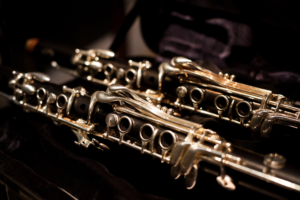Fun Facts About Wood
 Hardwoods and softwoods are distinguished by their structure, not by their strength, so some softwoods are actually harder than some hardwoods. Deciduous trees (trees that lose their leaves in the fall) are hardwoods and coniferous trees (trees that keep their needles year-round) are softwoods. Yew, a softwood, is harder than balsa, a hardwood.
Hardwoods and softwoods are distinguished by their structure, not by their strength, so some softwoods are actually harder than some hardwoods. Deciduous trees (trees that lose their leaves in the fall) are hardwoods and coniferous trees (trees that keep their needles year-round) are softwoods. Yew, a softwood, is harder than balsa, a hardwood.
Some ironwoods are so dense that they sink in water.
Ping-pong balls are made with celluloid, which is a byproduct of the paper-making process. Celluloid is used in ping-pong balls because it is easily molded and shaped, while allowing for the high-bounce property of the balls.
Wood’s hardness is measured on the Janka scale, which tells you how much force is required to embed a 0.444” ball of steel halfway into the wood. Ironwood, one of the hardest woods in the world, has a Janka rating of 5,060 lbf (pounds-force), while balsa, one of the softest, has a rating of just 67 lbf.
Clothing made of rayon and acetate is made from the cellulose fibers in wood pulp.
At $25,000 per cubic meter, African Blackwood is the most expensive wood in the world. It is used to make flutes, clarinets, and oboes. Protecting the World’s Most Expensive Tree
Cross-laminated timber (CLT), which consists of layers of wood glued together with the grain in alternating directions, is as strong as steel and actually more fire-resistant! In a fire, steel melts and bends, but a thick CLT plank chars on the outside while staying intact on the inside.
